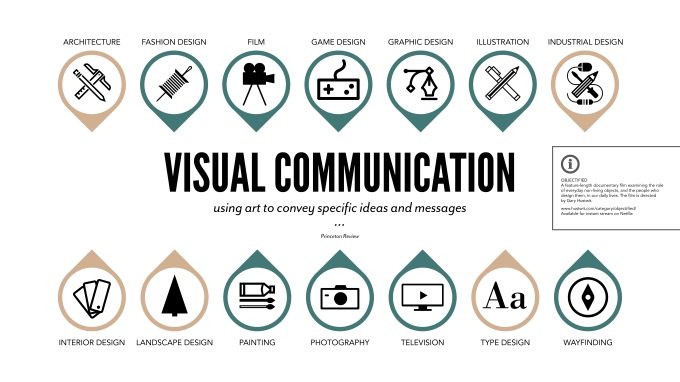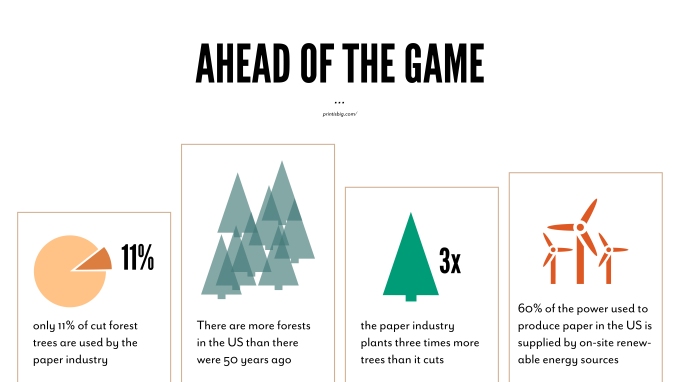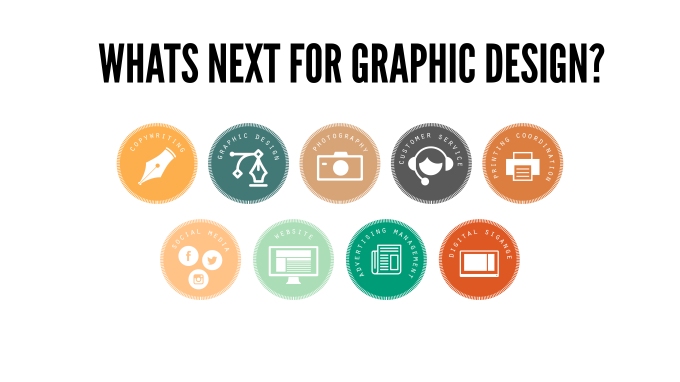When thinking about my design philosophy I kept going back to Hue’s Price of Creativity blog post and his reference to how many ways are there to cut a gem, and depending on the skill of the sculptor the possibilities are endless. I find this to be true about a persons design philosophy as well. Each designer must find their own way of developing and honing their skills and their.
In order to break down my design philosophy I evaluated the steps I take to create a design and what influenced those steps. Stepping back and looking at the 10,000 foot view I was able to see that three main categories and applied them to the idea of my philosophy being a perfectly cut diamond. The three categories are standards, process + development, and thirdly the outcome.
The initial phase starts with the set of standards. Number one it must be ethical. As designers we have the capacity to influence peoples feelings, ideas and behaviors. That is a responsibility not to be taken lightly. Thoughtful, in all that we do it must be thoughtful in a way that is considerate and have the intent of creating a positive effect. Functional, as creators we don’t design for designs sake, we set out to solve a problem. Consider the aesthetical propositions, what is considered beautiful will be different in each situation. Design is about a dialog and respectful communication is key. In a world filled mass consumerism its in our abilities to be more socially and environmentally responsible. Finally, phenomenology, one of the greatest parts of what we do as designers is the ability present an experience that invigorates the senses.
Following the set of standards is process and development. I consider this to be one encompassing section, but broken down into two internal categories. Process relates to the thinking part of the scenario and development handles the actual doing.
In every new project its our responsibility to learn as much as we can about the company, product or event. This can entail interviewing and observing people closest to the topic and the target audience. Once you have learned as much as you can about the project you can start to tease out the problem areas and write the creative brief, which will explain the concept purpose and end goals. Once you know the concept you can start to research similar examples to pinpoint what is work and what isn’t, what can make your approach and outcome differently in a more productive way, which leads into developing possible solutions. Throughout this becoming process you are working towards becoming the expert on this topic. Its instrumental that as you work your way through the process you continuously loop back to your creative brief to make sure all you are doing serves the agreed upon concept and end goals. Each concept should paint a picture and remember how your audience will react to the picture you paint. Once you have edited and refined your ideas its time to present to the client, which will allow you to converse with them about what you are proposing. After this there will be a revision stage that will go back to presentation and ultimately will bring you to the output and getting it ready for production and distribution.
Finally, we have come to the outcome stage. With all of my outcomes I look to achieve a sort of utopia where all concerns are met and the best possible solution is reached for all stakeholders and with that its important that the outcome empowers the message, client and audience. Overall, our product is only as good as its success, so assessment is always as must. How did people react, did things go as planned, what could have been done better?
Obviously, everyone’s philosophy and process is going to be different and over time things will change, but it must be a perfect fit for what we want to achieve and when we have found the steps and stages we will have reached a prefect cut of our diamond.




